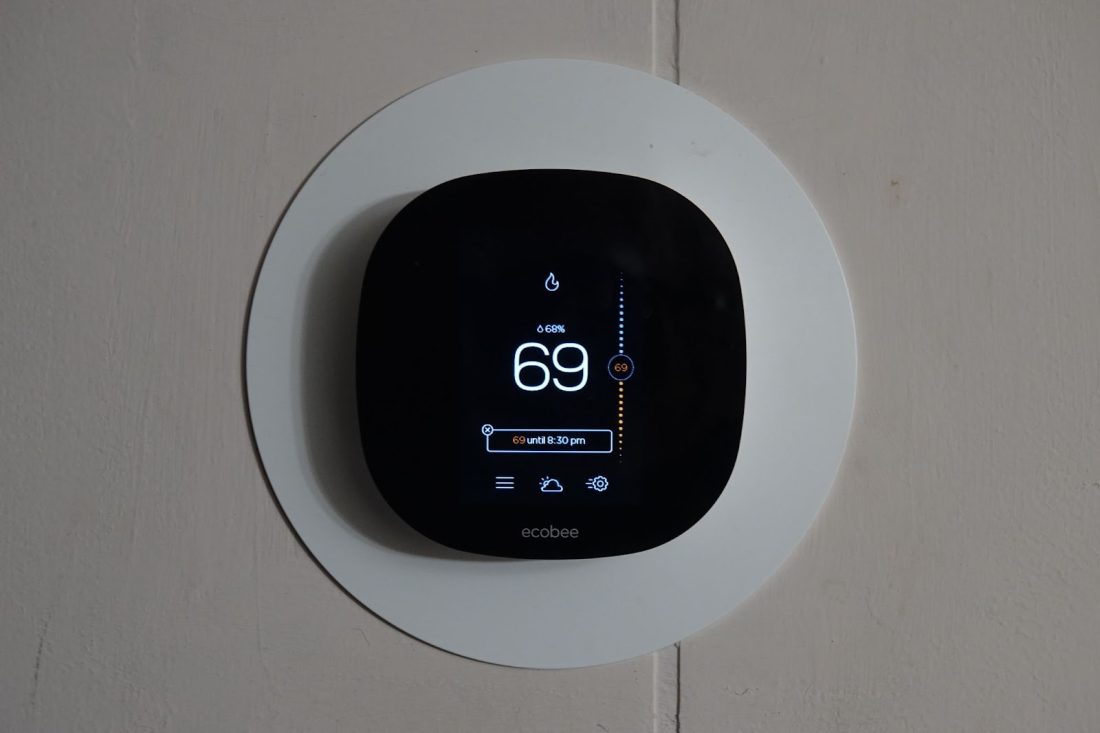Making your home more energy-efficient doesn’t have to be a big undertaking. There are a few small changes you can make that will add up to big savings while making your home a better place to live. Whether you want to deal with a specific problem area or just want to improve your home’s energy efficiency overall, these four tips will help you make a big difference.

1. Install a Programmable Thermostat
This will allow you to automatically adjust the temperature of your home based on whether you are home or away. You can save as much as 10% on your heating and cooling costs just by making this one small change. Smart thermostats are becoming increasingly popular, so there are many options to choose from.
Cooling services Farmers Branch, TX experts recommend choosing one that is compatible with your home’s heating and cooling system. The latest programmable thermostats can even be controlled from your smartphone, so you can make sure your home is always at the perfect temperature. You can also:
- Schedule your thermostat to lower the temperature at night or when you’re away during the day
- Receive alerts if your home’s temperature drops below a certain level
- Create custom settings for different days of the week
- Create multiple climate zones within your home
2. Switch to LED light bulbs
Switching to LED bulbs is one of the easiest ways to make your home more energy-efficient. LED bulbs use up to 75% less energy when compared to traditional incandescent bulbs and last up to 25 times longer. Over the course of their lifetime, LED bulbs will save you money on your energy bills and help reduce your environmental impact.
So, if you have older incandescent bulbs in your home, it’s time to switch them out for LEDs. You’ll be doing your part to save energy and money, and your home will be brighter and more inviting as a result. Plan your lighting upgrades to ensure every room is well-lit, and opt for stylish lighting fixtures that complement your décor.
3. Rearrange Your Furniture
Furniture can be a big pain when it comes to energy efficiency. Not only can it block vents and impede airflow, but it can also make it difficult to clean those pesky dust bunnies out of your home. A good rule of thumb is to keep furniture at least two feet away from heating and cooling vents. This will help ensure that your home gets the proper airflow.
Additionally, try to keep furniture away from windows and doors to prevent drafts from coming in. Rearrange your furniture every few months. This will help you better understand where the problem areas in your home are and how you can adjust accordingly. This will save you money and also help you breathe easier.
4. Get Rid of Drafts
Drafty windows and doors are one of the home’s biggest sources of wasted energy. By sealing up cracks and gaps, you can keep the warm air inside during the winter and the cool air inside during the summer. This simple fix can save you up to 20-30% on your energy bill each year.
Older homes are particularly susceptible to drafts, but even newer homes can have problem areas. Use a caulk gun to seal up any cracks or gaps around doors and windows. You can also use weather-stripping to fill in any larger gaps. Just be sure to check the weather-stripping regularly and replace it when it starts to wear out.
A More Energy-Efficient Home is Possible
You don’t have to make big changes to see a difference in your energy consumption. Sometimes, it’s the small things that make the biggest impact. Take your time to inspect your home layout, appliances, and energy-usage habits. From there, you can make these four small adjustments for a more energy-efficient home.




